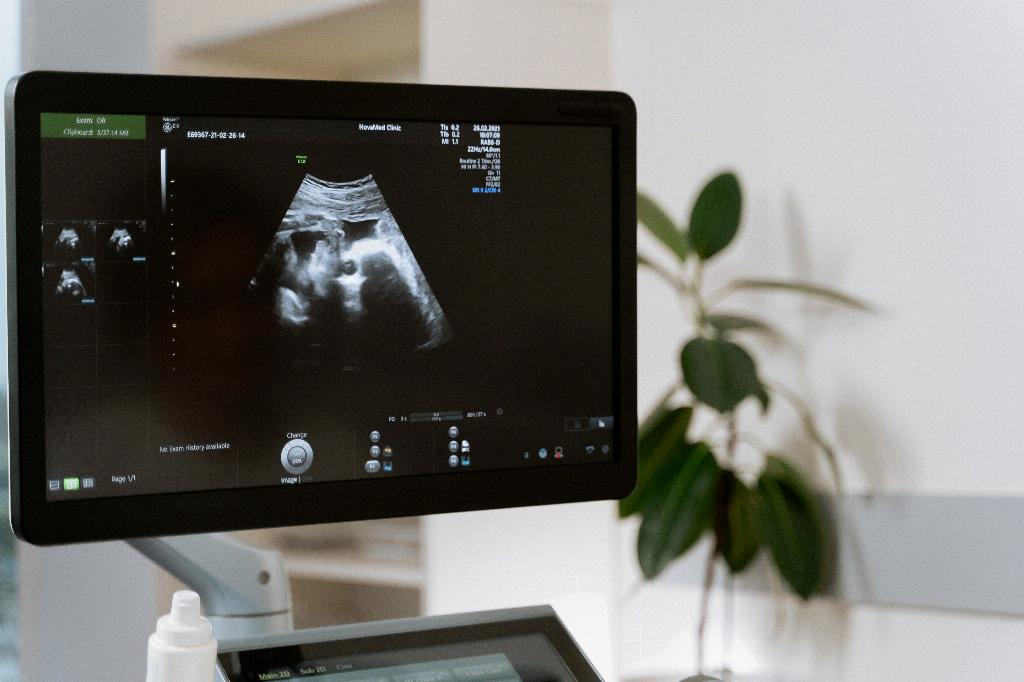One of the common questions expecting mothers have is whether their breast size will increase after pregnancy. It’s essential to know that changes in breast size are a natural part of the pregnancy and postpartum journey. During pregnancy, hormonal fluctuations like increased levels of estrogen and progesterone lead to the growth and expansion of breast tissue.
Factors Influencing Breast Size Changes
Several factors contribute to the increase in breast size during and after pregnancy. Genetics play a significant role, as women with family members who experienced breast enlargement during pregnancy are more likely to have a similar experience. Additionally, weight gain during pregnancy can also lead to an increase in breast size, as breasts contain fatty tissue that contributes to their size.
Effects of Breastfeeding on Breast Size
One crucial factor that affects breast size post-pregnancy is breastfeeding. When a mother breastfeeds her baby, the milk ducts and glands in the breast expand, leading to temporary fullness and increased size. Once breastfeeding ends, typically after weaning, the breasts may decrease in size but often do not return entirely to their pre-pregnancy size.
Postpartum Breast Changes
After pregnancy, many women experience changes in breast size and shape. While some women may notice a decrease in breast size as their body returns to its pre-pregnancy state, others may find that their breasts remain slightly larger due to the changes that occurred during pregnancy.
Physical and Emotional Impact
It’s essential for women to understand that these changes in breast size are normal and part of the body’s adaptation to pregnancy and breastfeeding. However, some women may feel self-conscious about these changes and may experience emotional challenges related to their body image. Seeking support from healthcare providers or counselors can be beneficial in addressing these concerns.
Choosing the Right Support
During and after pregnancy, finding the right support in terms of bras and clothing is essential. As breasts fluctuate in size, it’s crucial to wear properly fitting bras that provide adequate support and comfort. Investing in maternity and nursing bras can help accommodate changing breast sizes during pregnancy and breastfeeding.
Body Image and Self-Acceptance
It’s common for women to experience a range of emotions related to changes in their body, including breast size. Practicing self-care, self-love, and self-acceptance can help women embrace their post-pregnancy bodies and all the changes that come with it. Engaging in activities that promote body positivity can have a positive impact on mental well-being.
Consultation with Healthcare Providers
If women have concerns about significant changes in breast size or shape after pregnancy, it’s recommended to consult with healthcare providers, such as obstetricians, gynecologists, or lactation consultants. These professionals can offer guidance, support, and reassurance regarding breast changes and address any underlying issues.
Embracing the Journey
Every woman’s body responds differently to pregnancy and childbirth, including changes in breast size. Embracing the journey of motherhood and all the physical transformations that come with it is a vital part of the process. Remembering that these changes are a testament to the incredible work of the female body can instill a sense of pride and appreciation.
Conclusion
In conclusion, breast size may indeed increase during and after pregnancy due to hormonal changes, genetics, and breastfeeding. While these changes are natural and expected, it’s essential for women to prioritize self-care, seek support when needed, and embrace their post-pregnancy bodies with self-love and acceptance. Remember, every woman’s journey is unique, and celebrating the strength and resilience of the female body is key to navigating the beautiful transition into motherhood.

